Electropolishing delivers an exceptional metal finish with microscopic accuracy and consistency. By selectively removing a thin layer from the metal surface, it produces ultra-smooth components free from burrs, microcracks, and imperfections left by traditional machining.
Trusted across the most demanding industries including medical devices, aerospace, food and beverage, and semiconductors electropolishing is compatible with a wide variety of metal alloys and is often the finishing process of choice for critical applications.
Beyond its flawless finish, electropolishing enhances overall part performance, improving fit, functionality, and appearance.
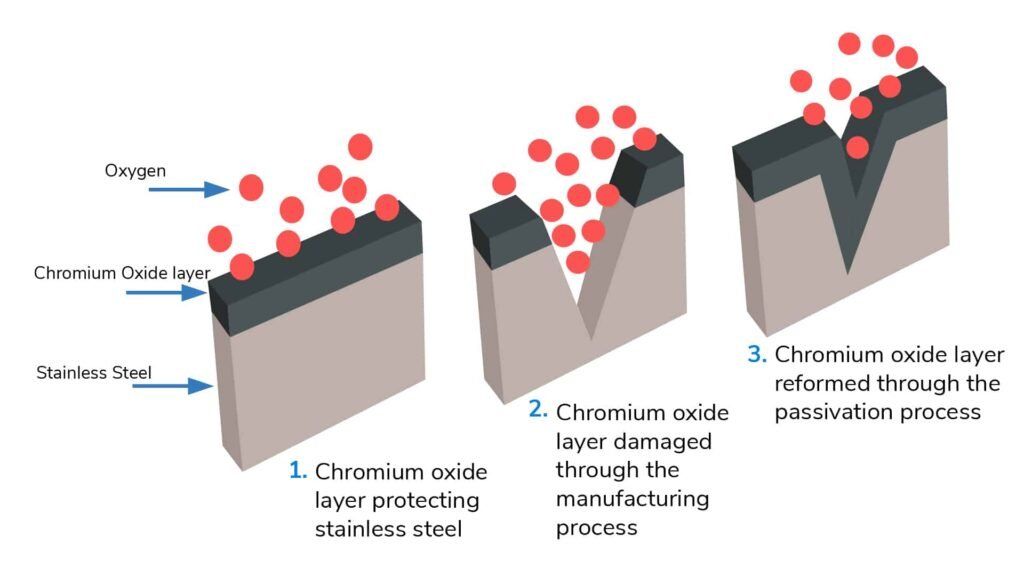
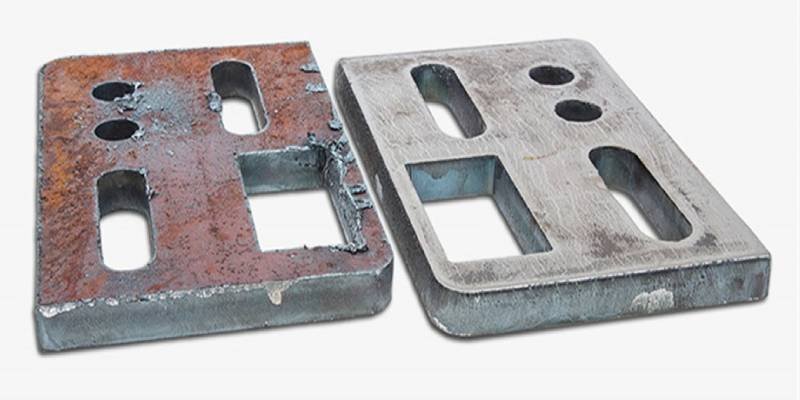
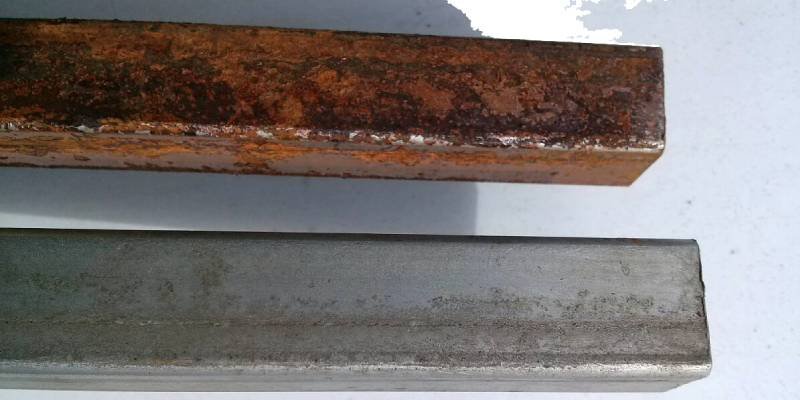
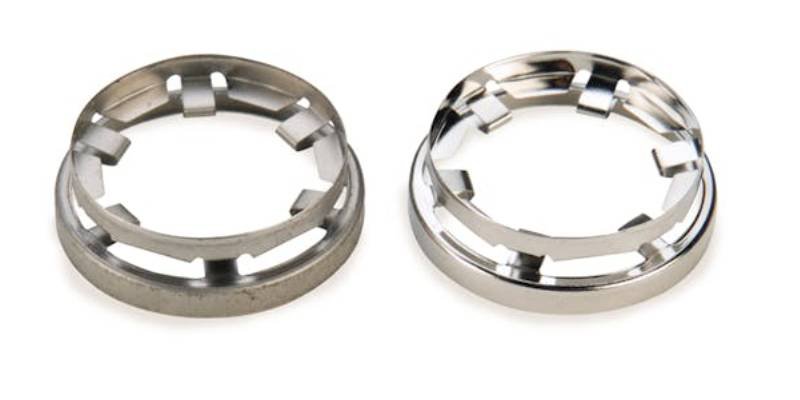
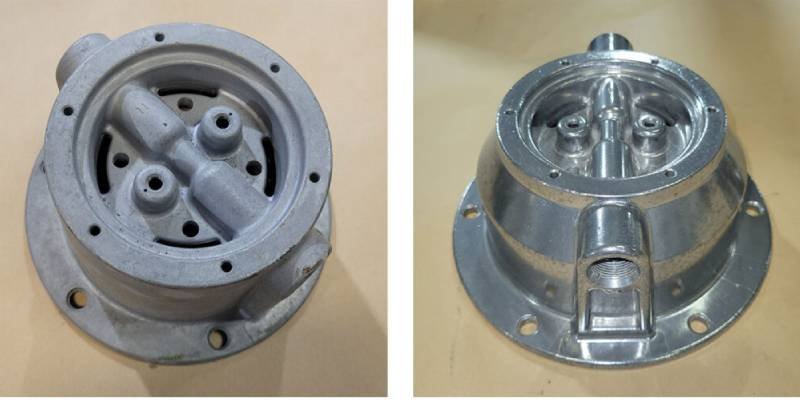
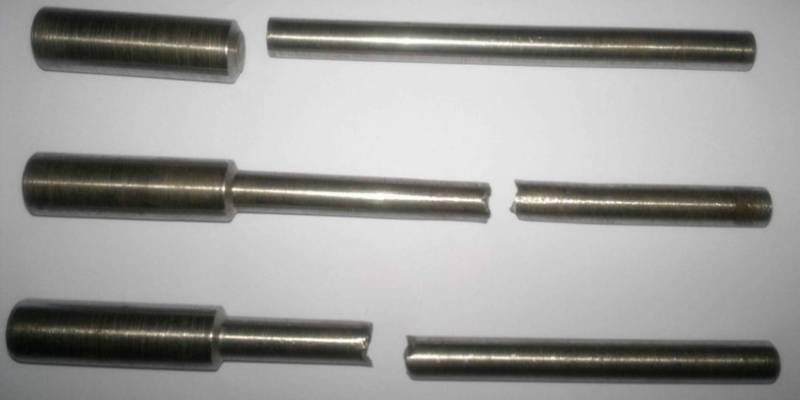
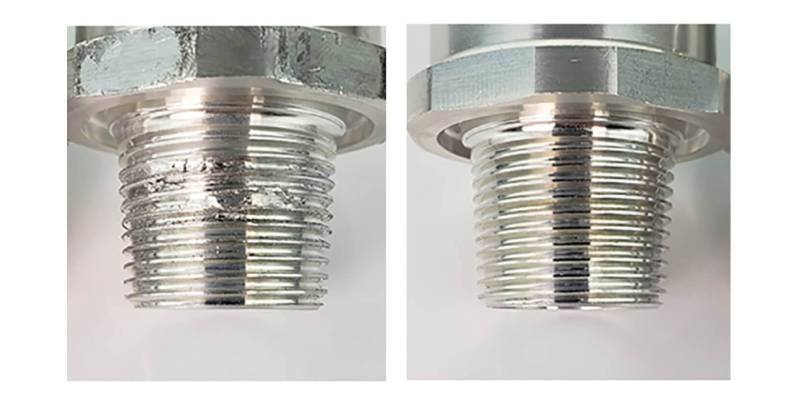
From implantable devices to surgical instruments, electropolishing provides a single-step treatment that delivers biocompatible, ultra-clean, and safe components.
We provide aerospace vendors and OEMs with our signature metal finishing services, enhancing fatigue resistance and ensuring their metal parts withstand long-term stress and corrosion.
We follow industry standards to electropolish pharmaceutical components in compliance with ASTM B912 and ASME BPE, ensuring clean, smooth, corrosion-resistant surfaces free from contaminants.
Corrosion resistance and micro finish improvement are essential for critical automotive parts, making electropolishing an increasingly beneficial option for automakers.
Our metal finishing services enhance corrosion resistance and, through electropolishing, remove the outermost metal layer boosting the durability and lifespan of appliance components.
Electropolishing materials used in this industry help prevent bacterial biofilm buildup and eliminate contaminants like Salmonella. This process ensures the high level of sanitation required by various regulatory agencies.
From robotics to mobile equipment, electropolishing plays a vital role in the hydraulics and pneumatics industry. By preventing premature part failure, it minimizes downtime and extends the lifespan of critical components.
Electropolishing enhances both conductivity and performance in electronic components. It also improves surface finish by up to 50%, eliminating imperfections without compromising the material’s integrity.